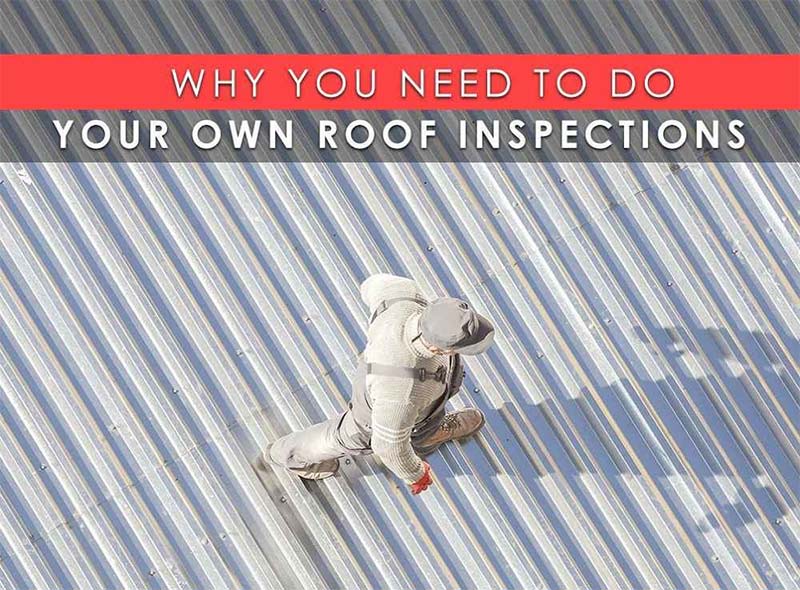Call
-
-
Contact
Contact Us
-
Address
3000 Ames Crossing Rd. Eagan, MN 55121
Contact
Address

Roofs are easily one of the biggest investments you as a homeowner will make, so by keeping it in best condition, you’re essentially protecting your investment. Regular roofing inspections, in conjunction with professional maintenance, is a preferable approach over calling roofing repair contractors only when you notice leaks or other similar problems.
In this blog post, we talk about how you can do your part in keeping your roof in shape.
Doing Your Own Inspections vs Professional Maintenance
Doing your own roofing inspections and professional roofing maintenance are two different things. Think of professional roofing maintenance as your annual physical. Your doctor checks your whole body. The doctor tells you what to do in case symptoms are found: a change to your existing prescriptions, foods to avoid, or perhaps more exercise. For the rest of the year, you do your own health maintenance by making sure you follow your doctor’s advice while monitoring your weight and heart rate.
Doing your own roofing inspections is very much like monitoring your health. In between roofing visits, you keep an eye on your roof for any signs of roofing problems and call the experts (i.e. roofing professionals) if something needs to be fixed. Do your own inspections once a year, preferably six months after your last maintenance stop, and another after every storm.
Inspecting Your Own Roof
Before we continue, we’d like to emphasize that climbing your roof is dangerous, and should be left to professionals like ourselves, as we have the advantage of extensive safety training, experience, and professional equipment. But this doesn’t mean you can’t inspect your own roof; you can do this safely from the ground with nothing but a quality pair of binoculars. Start by inspecting your roof, taking note of loose, damaged, or missing shingles, especially in valleys and on flashing.
You can also trim tree branches that are too close to the roof, as these could repeatedly poke into the shingles and penetrate the underlayment. Ideally, there should be a ten-foot clearance between the tree branches and the roof line. Then go indoors and inspect your ceiling for water stains. Do the same for your attic, paying special attention to signs of mold and mildew.
If you find any of these signs, you’ll need to have it addressed by a roofing professional with extensive experience in doing roof repairs and maintenance. At Krech Exteriors, we would be happy to help you keep your roof in shape. Call us today at (651) 968-8888 or fill out our contact form to set up your free in-home consultation. We serve homeowners in and around Minneapolis and St. Paul.